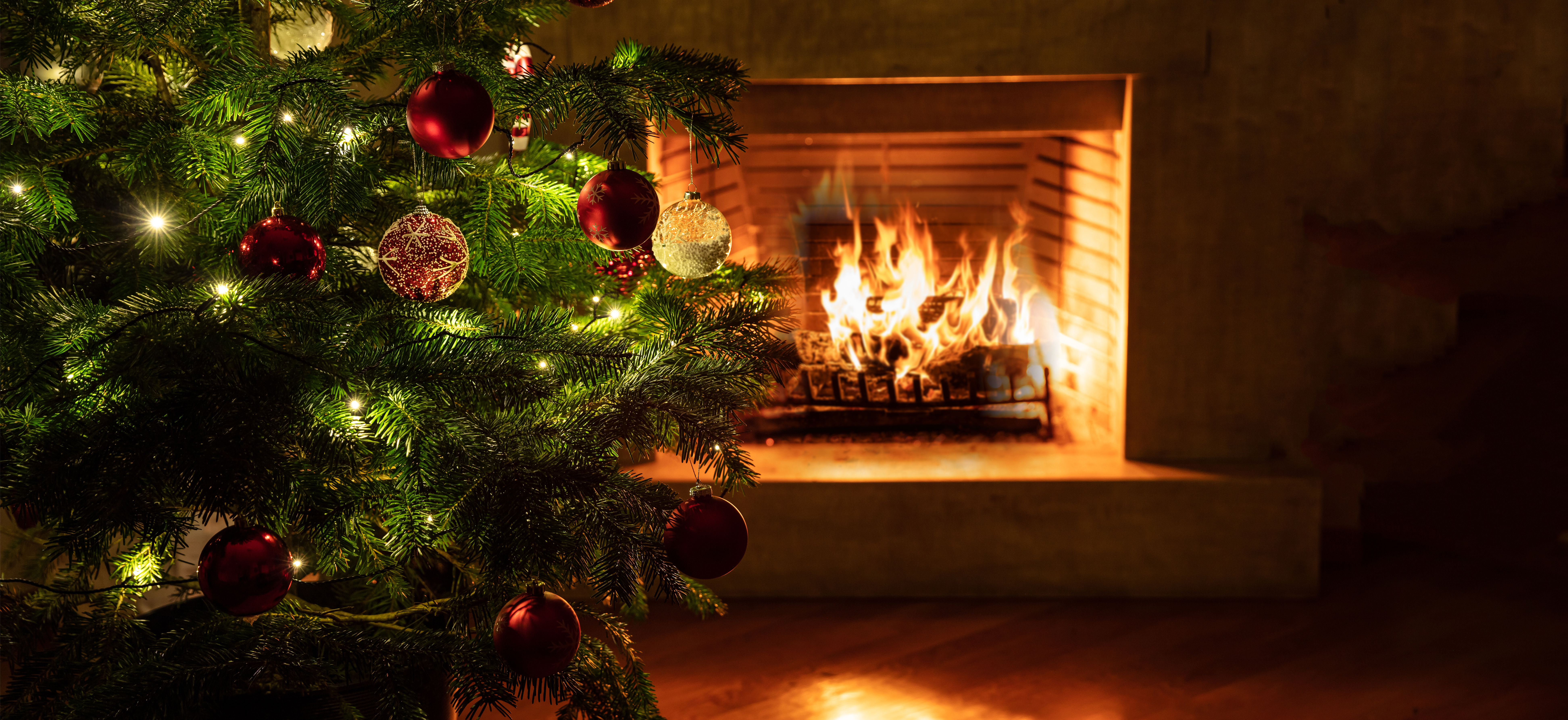
Ensuring a Safe and Magical Holiday Season: A Comprehensive Guide to Fire Safety
It’s that magical time of year again when homes are filled with the flicker of candlelight, the aroma of holiday baking, and the radiant glow of decorative lights. During this time, it’s crucial to keep in mind the fire hazards that come with the holidays. Robert McCool, program coordinator for the Kentucky Injury Prevention and Research Center at the University of Kentucky College of Public Health, is shedding light on the importance of recognizing potential fire risks this holiday season. From tips on safer alternatives for candles and decorations to emergency preparedness, McCool guides us through a comprehensive approach to fire safety. Lean into the magic of the season but keep in mind these essential safety tips to keep the festivities safe and enjoyable.
"The most common causes of fires during the holiday season are usually cooking, candles, electrical fires, and heating-related fires," explained McCool. Festive preparations coupled with holiday distractions often lead to unattended stovetops. Remaining vigilant and attentive while in the kitchen is crucial to lower these risks. “Kitchen timers, as well as timer apps on phones and watches, are good ways for people to remind themselves to check on food they are cooking. It is also important to try to avoid cooking while performing other activities that might be distracting,” added McCool.
The warm glow of candle flames contributes to the festive ambiance, but with it comes fire hazards. McCool suggests opting for LED “candles” as a safer alternative. When using flame candles, always securely place them in stable holders to prevent accidental tipping. Only place candles on flat, solid surfaces and keep them well away from flammable materials like paper, draperies, and holiday decorations. Make it a family rule that only adults can place, light, and extinguish candles. Never leave them unattended, even for a few minutes, and extinguish them when the last adult present is ready to leave the room.
It is also important to recognize that decorations with electrical components introduce the risk of electrical fires. For a fire-safe holiday display, always check electrical decorations carefully before use for frayed wires, signs of damage, or corrosion to the wires or electrical contacts.
Christmas trees also pose a significant fire risk. “While natural trees are undeniably beautiful, artificial trees prove safer due to their fire-retardant nature and because they don’t dry out,” McCool said.
For those who choose a natural tree, McCool advises daily watering to prevent dryness. It’s crucial to place the tree at a safe distance from candles, fireplaces, and potential sources of flame. Opt for LED lights over incandescent ones, as LEDs produce significantly less heat. If the tree appears to be drying out, prompt disposal is essential, even if the holiday season hasn’t concluded. These precautions extend to other natural greenery such as garlands and wreaths.
As temperatures plummet, the use of space heaters and fireplaces—and the necessary caution that comes with their use—rise. Place space heaters at least 36 inches from flammable materials such as bedding, draperies, and furniture, and check for an automatic shut-off feature to reduce heating-related risks. Before enjoying the warmth of a wood-burning fireplace, ensure that it is actually designed for burning wood. Make it a habit to have any chimneys inspected and cleaned annually. This applies to chimneys for fireplaces, wood stoves, coal stoves, and vents for oil or gas furnaces.
Keeping your home safe from fires includes being prepared. Ensure the presence of working smoke alarms in all occupied areas of your home. According to the National Fire Prevention Association, approximately three out of five fire deaths happen in homes without working smoke alarms.
Establish and practice a home escape plan to allow for a quick evacuation if the need arises. Equip your household with essential fire safety devices, including fire extinguishers placed in the kitchen and near any natural Christmas trees. For added preparedness, consider a collapsible fire escape ladder for upper floors.
A well-stocked, easily accessible first aid kit is also crucial. The American Red Cross provides valuable information about assembling one and proper training in its use. Equally important is the need for adults to acquire basic first aid skills. “Having first aid skills and supplies can mean the difference between properly treating a minor injury at home versus spending several hours in a hospital emergency department,” shared McCool.
For additional resources, the National Fire Protection Association and the US Fire Administration offer comprehensive holiday fire safety information.
KIPRC is a unique partnership between the Kentucky Department for Public Health (DPH) and the University of Kentucky’s College of Public Health. KIPRC serves as both an academic injury prevention research center and a bona fide agent of DPH for statewide injury prevention and control.